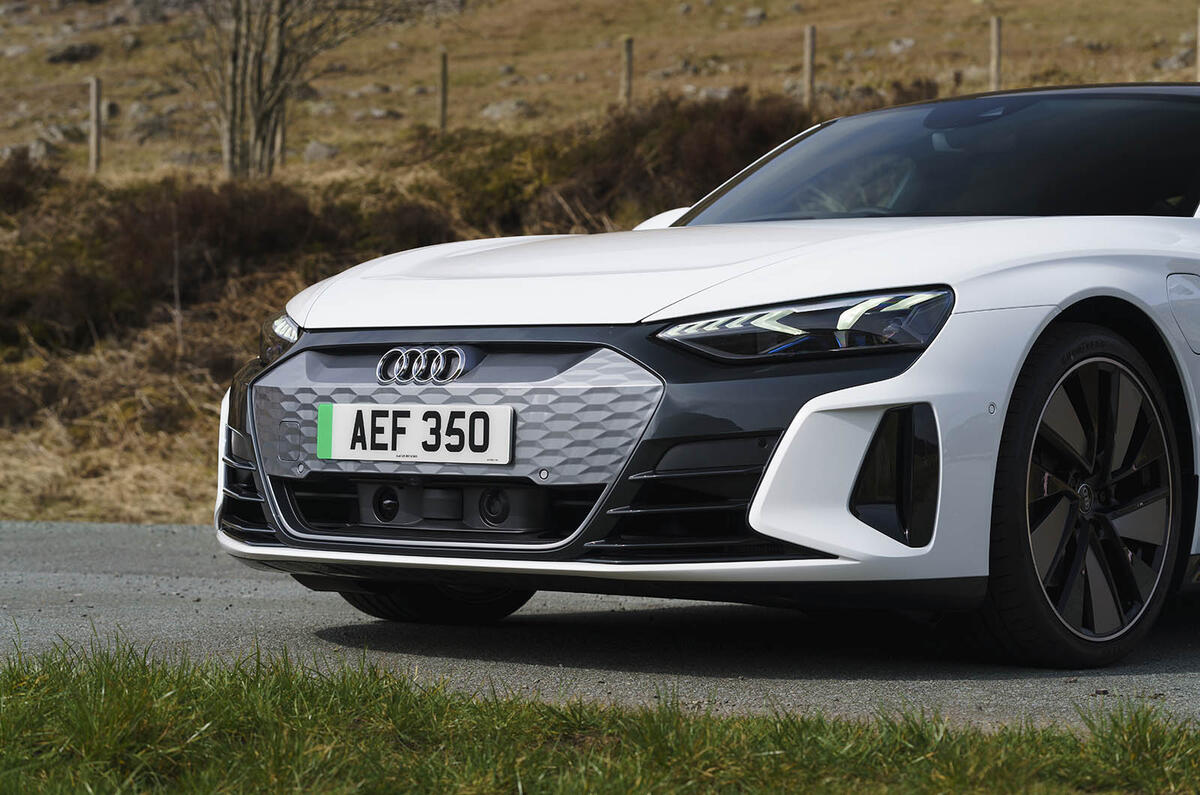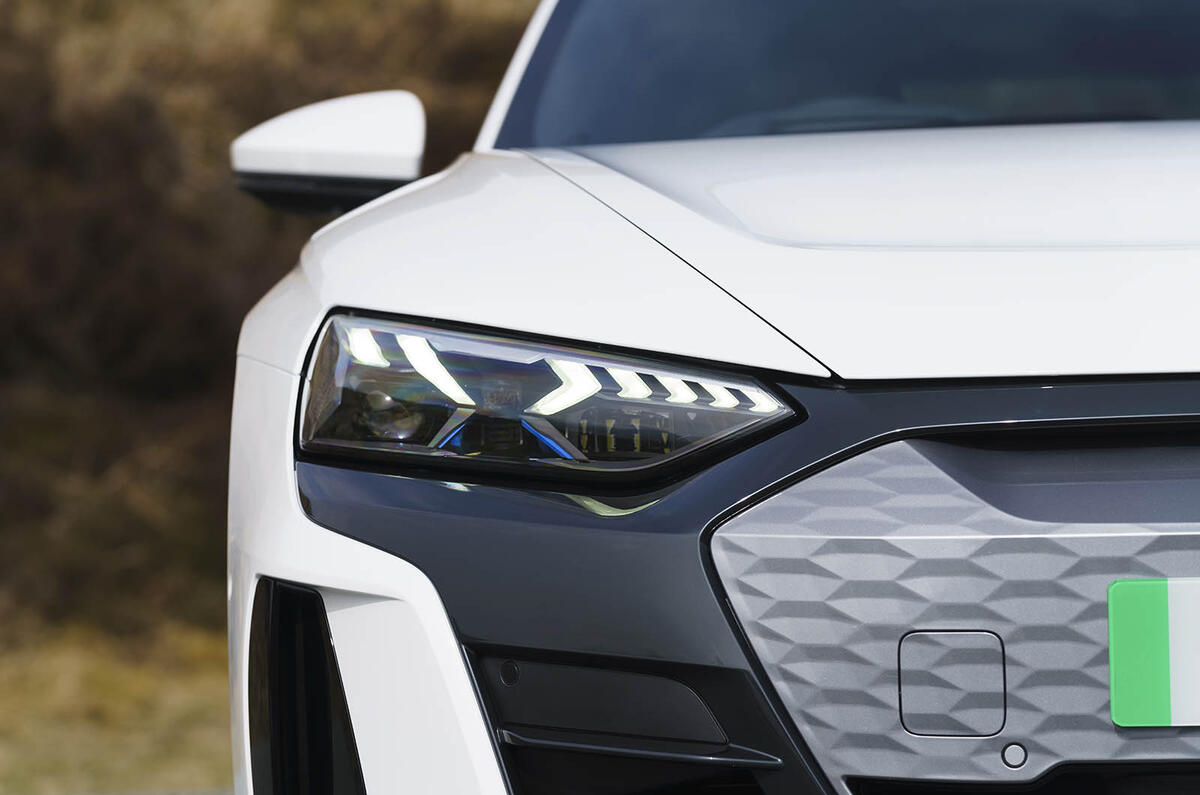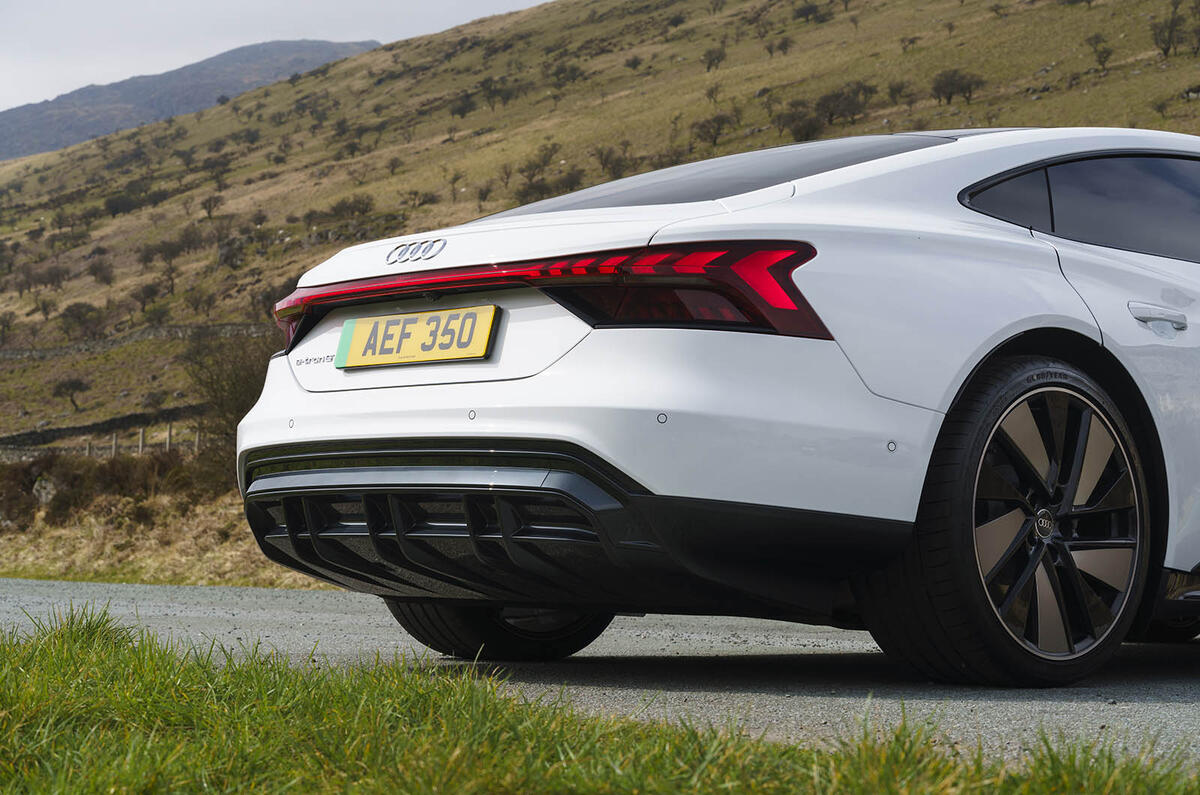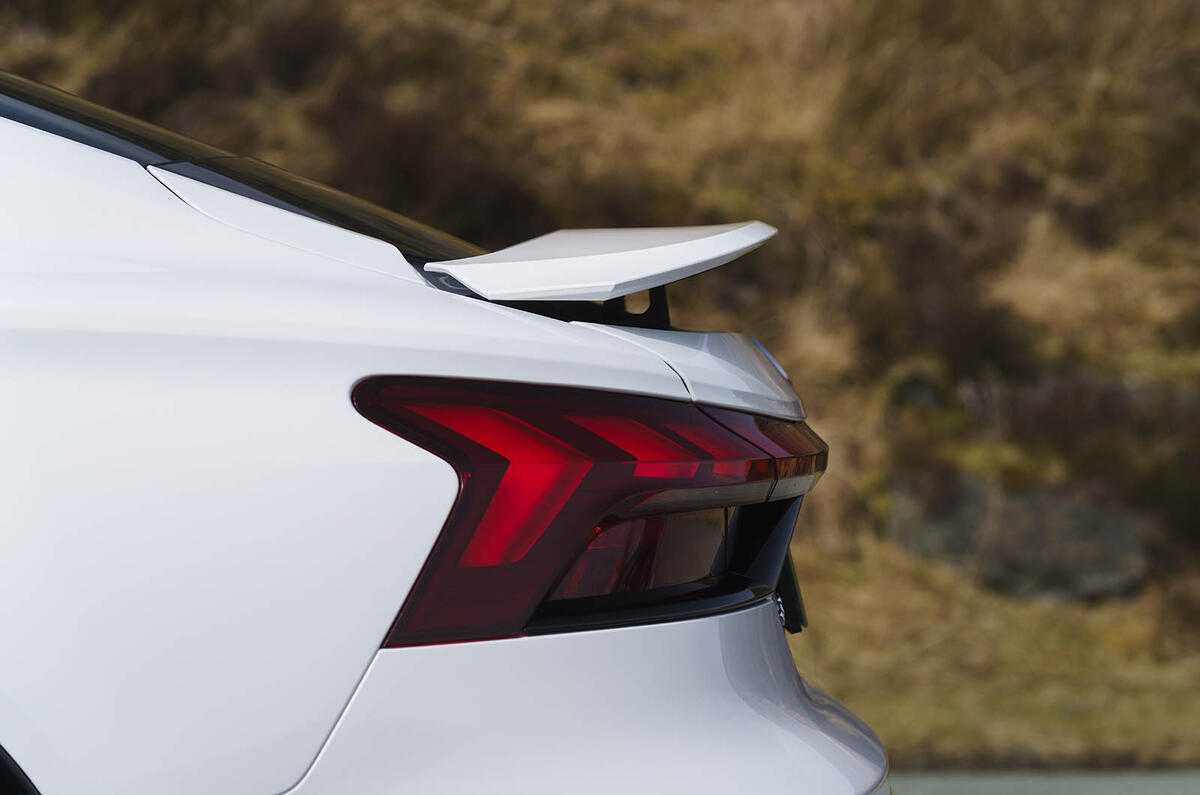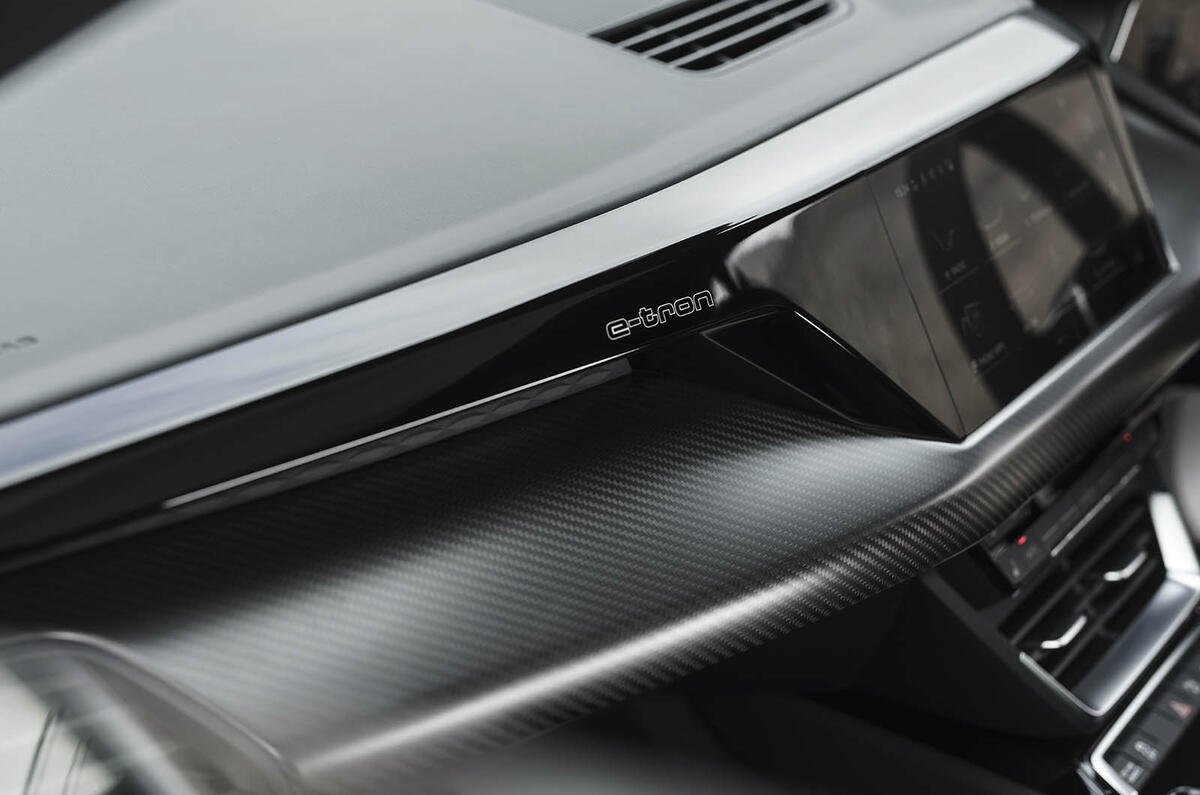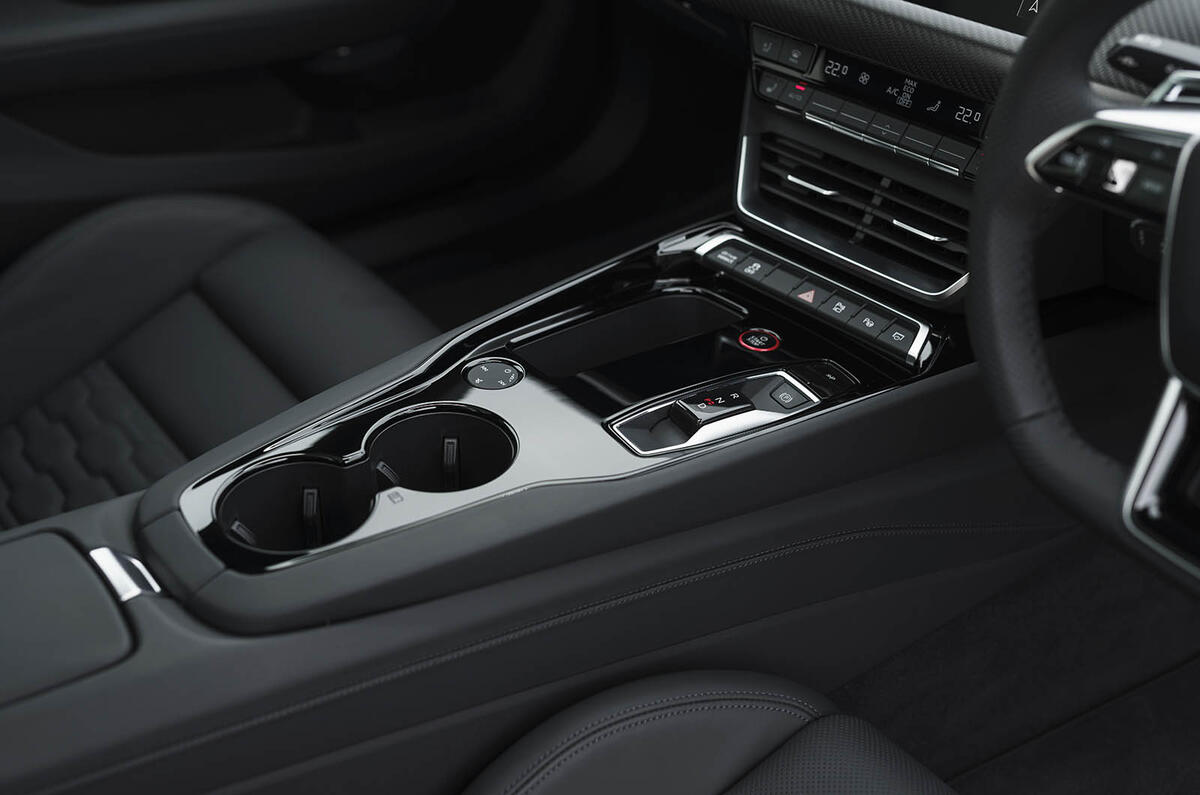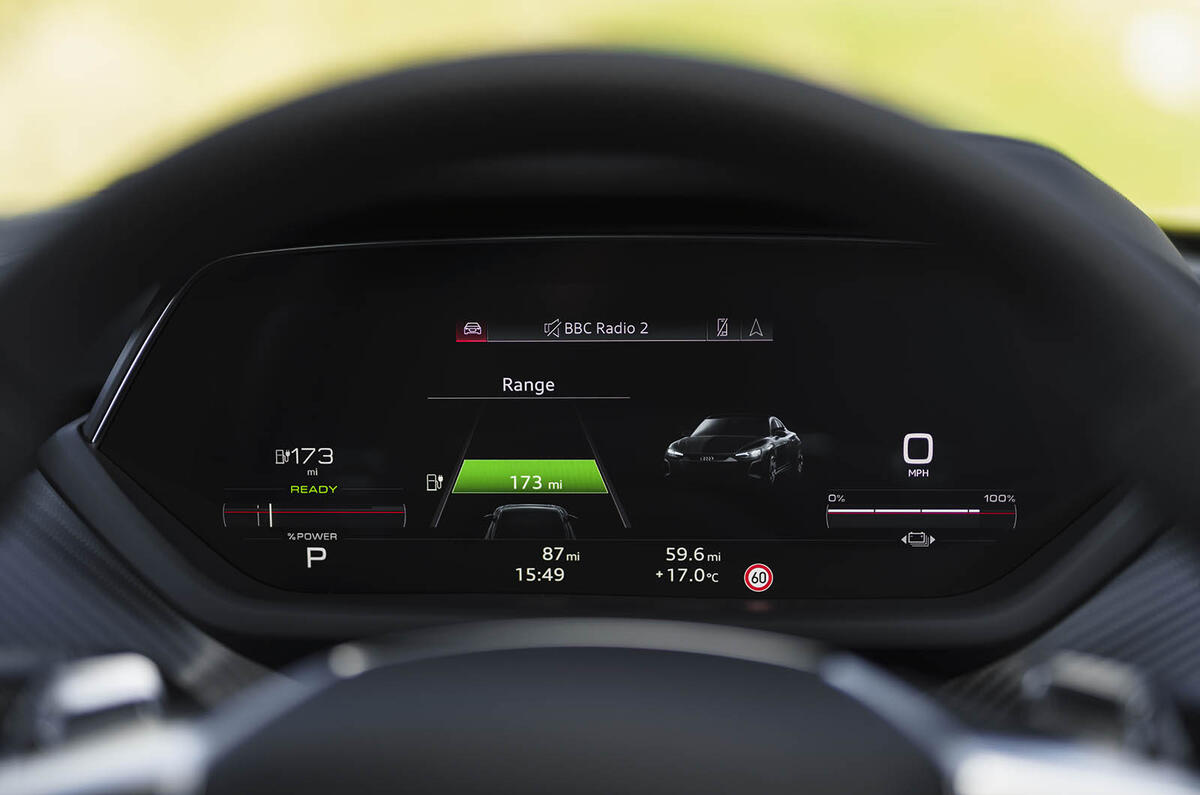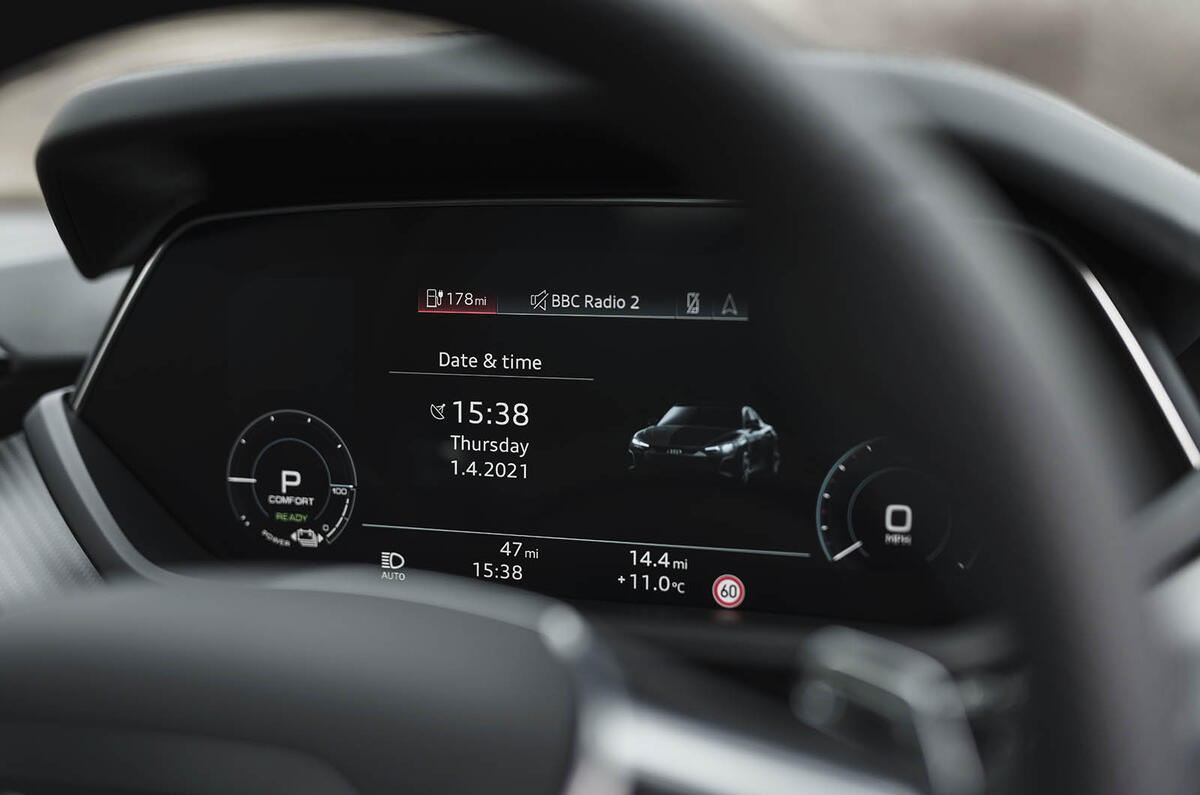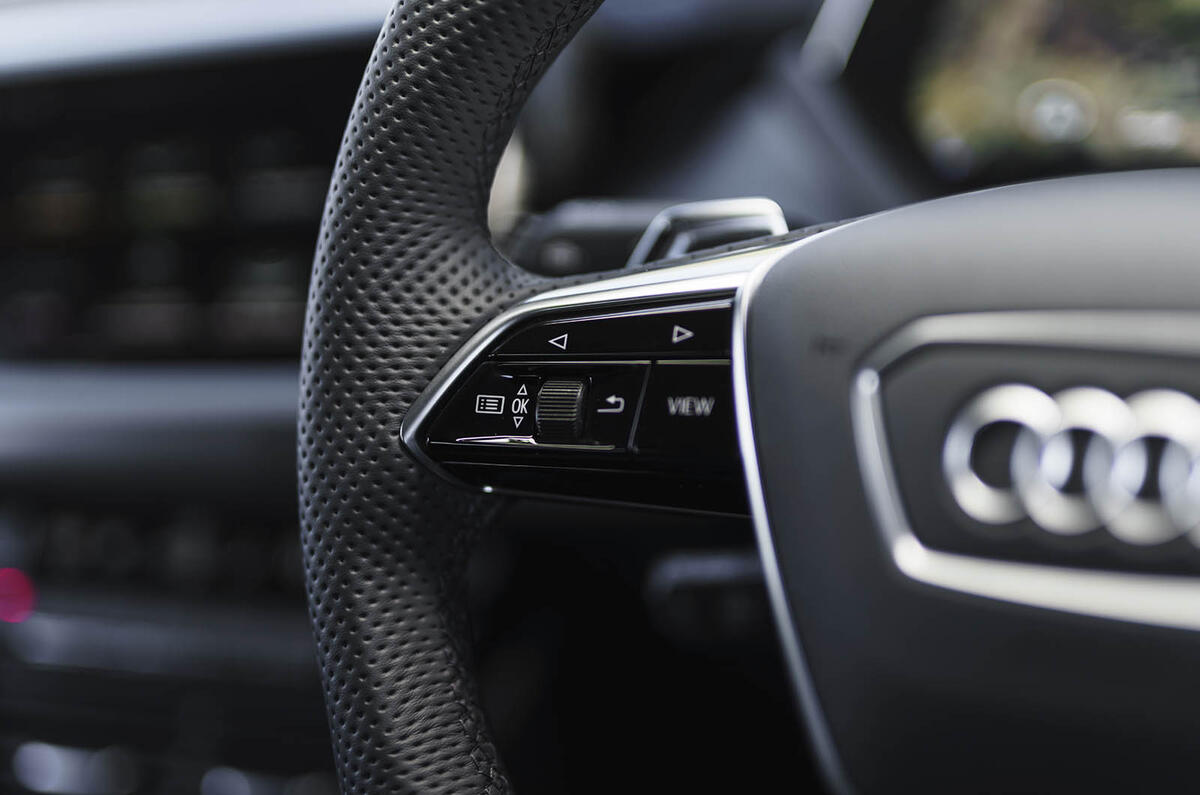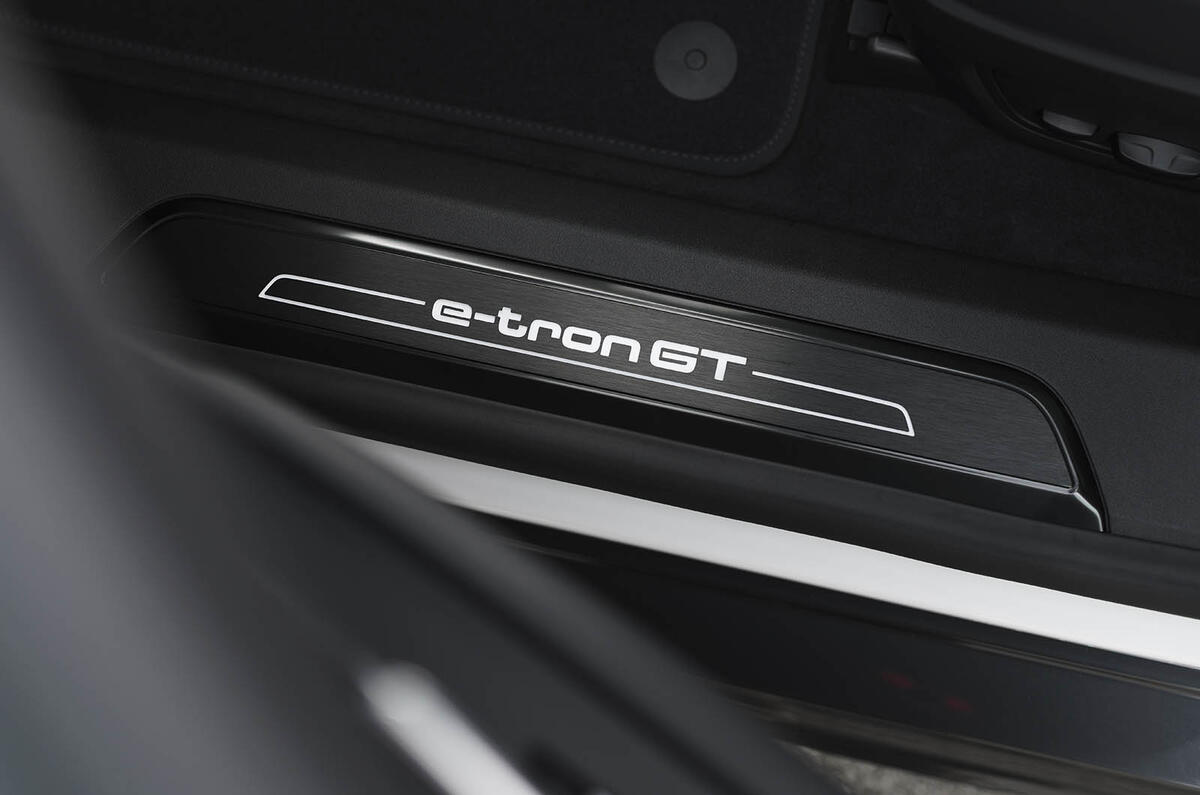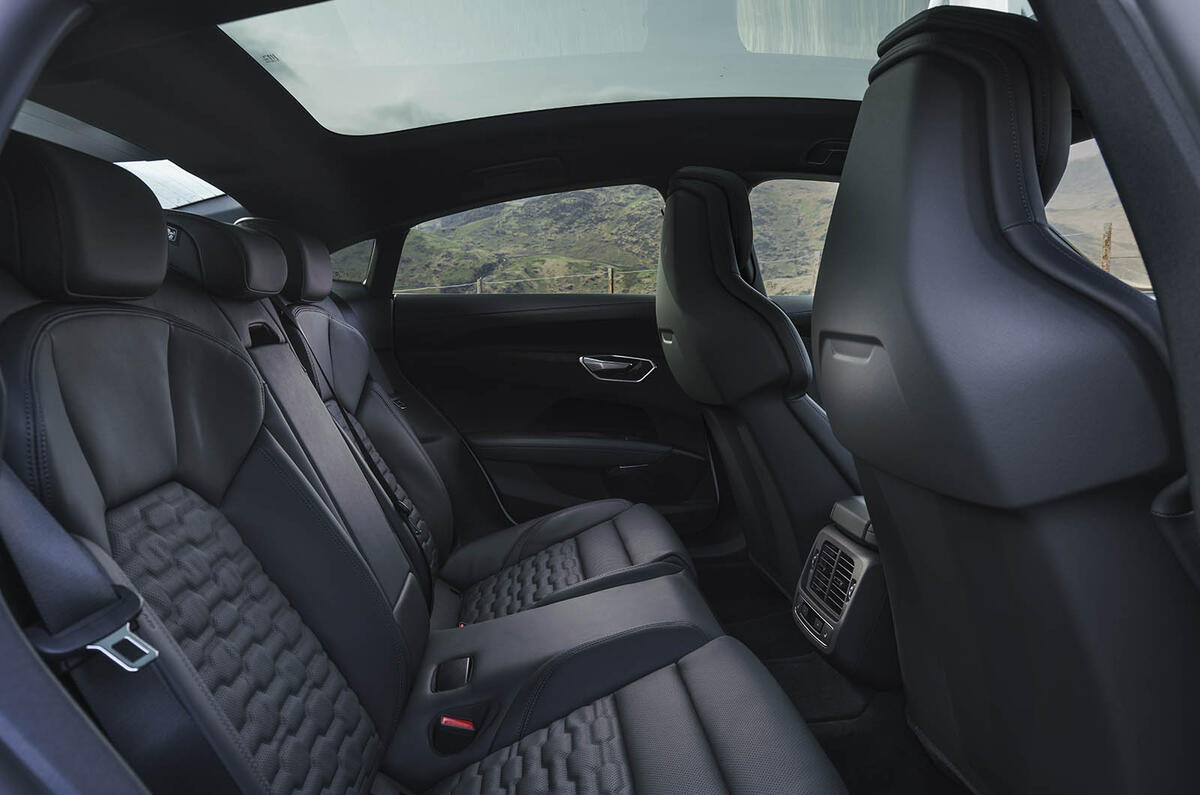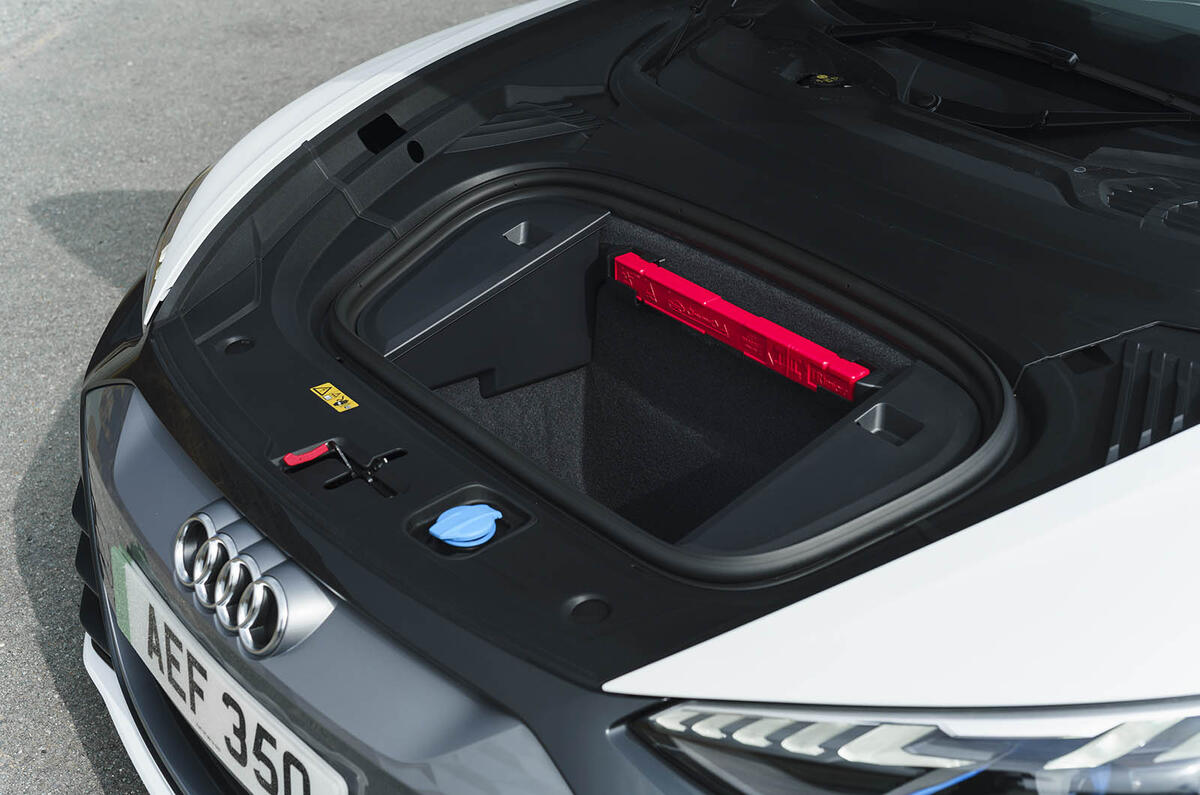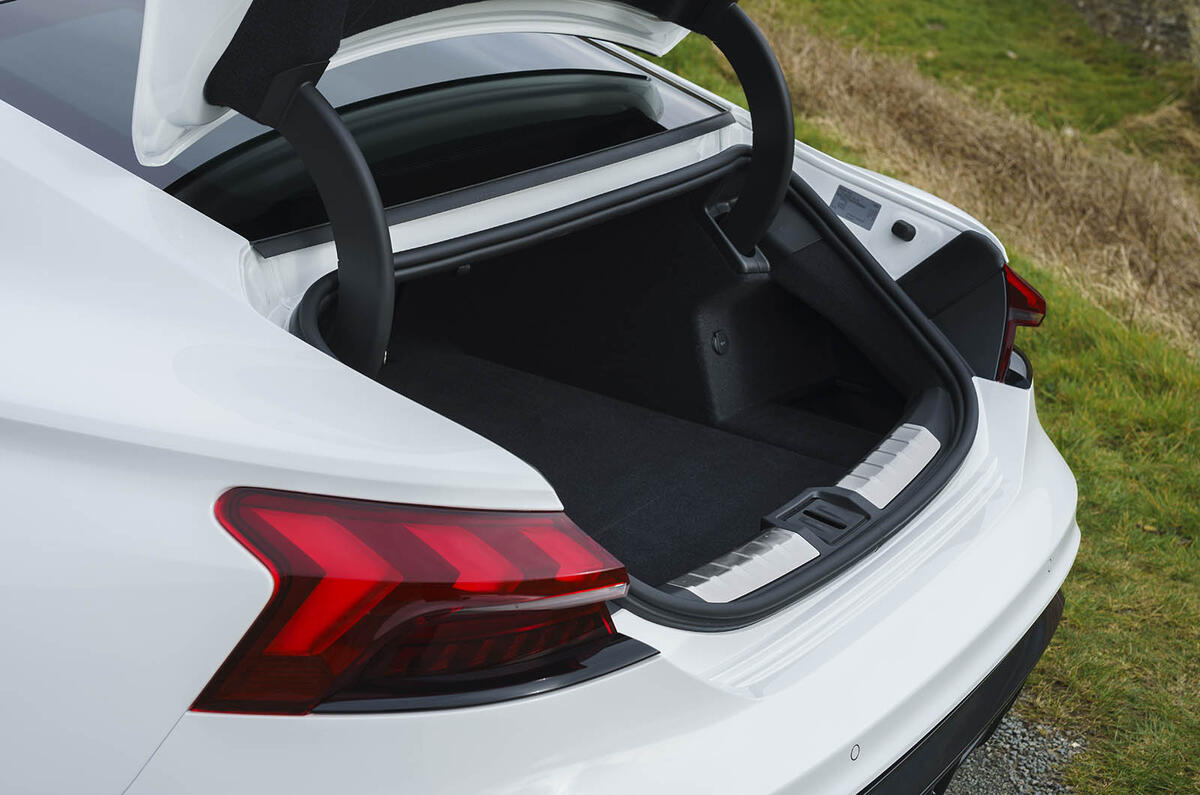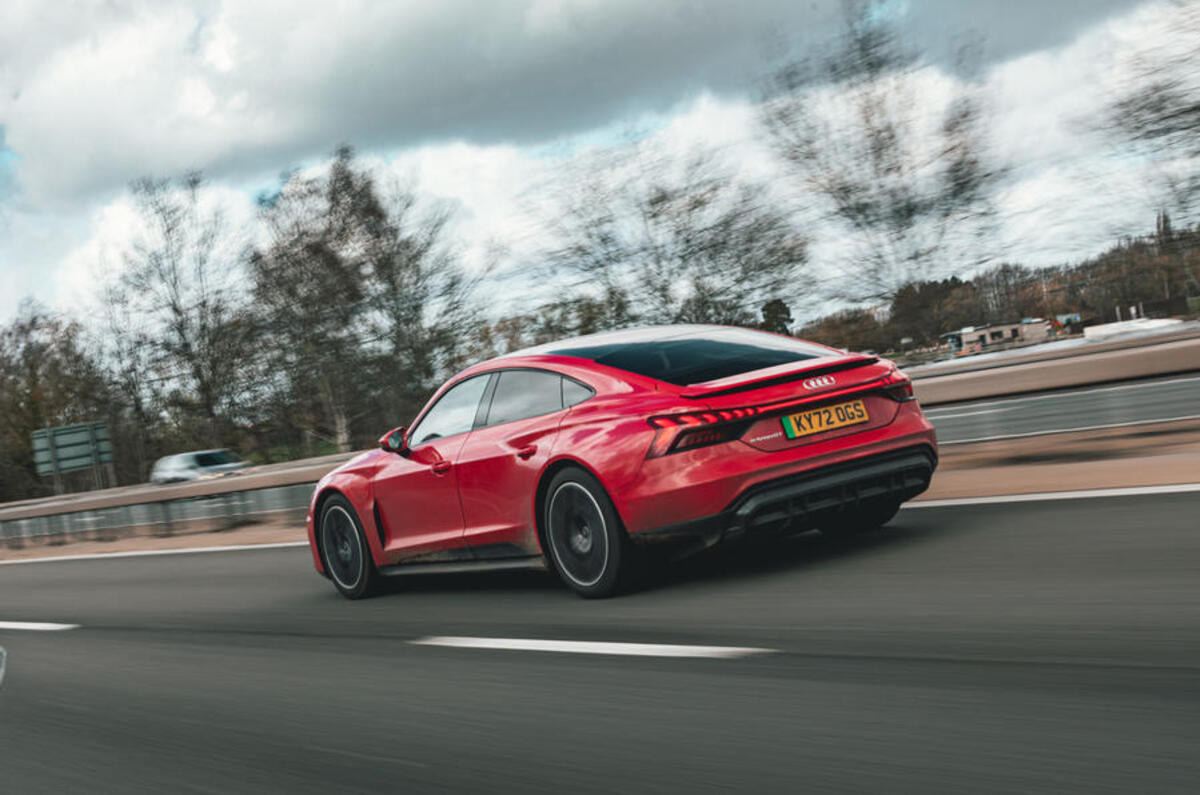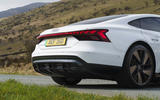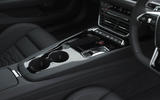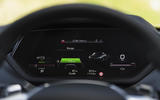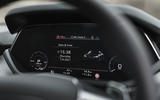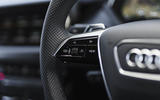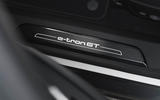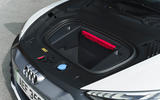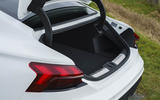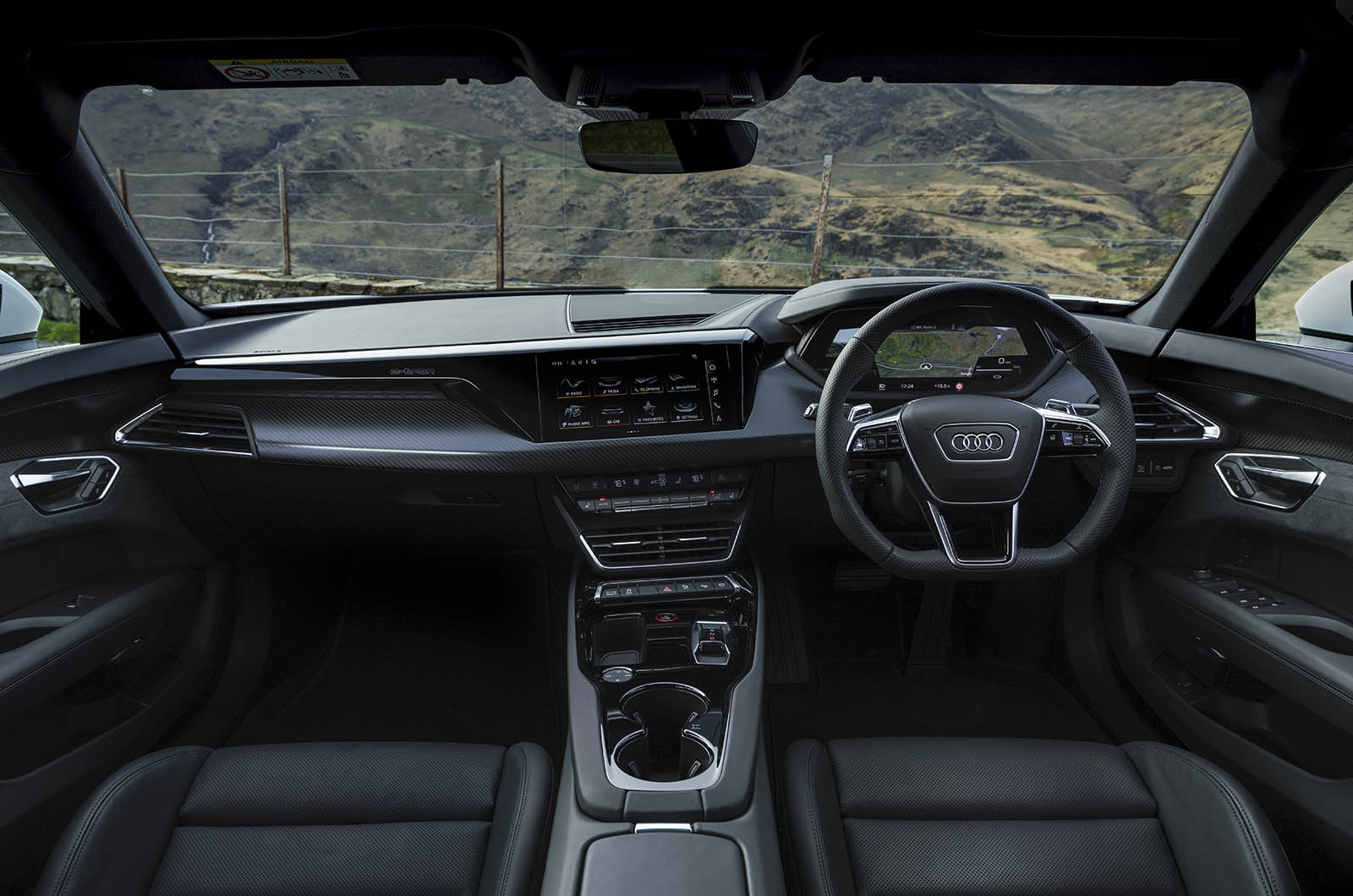Is the Audi E-tron GT reliable?
The GT does have a number of known issues, and dealerships and independent specialists are familiar with what tends to go wrong. While the GT has less moving parts than its ICE counterparts, there are plenty of things that can still break or fail.
Like many electric cars, most of the issues that afflict the GT are software related, but these can typically be resolved via an update at a dealer. We'd also recommend getting a dealer warranty should any major components like the battery or motor fail.
Drivetrain: Watch out for the dreaded dead throttle pedal, especially after coming to a stop at traffic lights. Turning the car on and off again can cure the issue, but a software update should stop it recurring – check the car’s history to see if this has been done.
Some 2023 cars were recalled due to battery fire risk, so check to make sure that has been done too.
Gearbox: Watch out for the ‘Drive system malfunction’ message on the dash – various issues can cause it. Worst case is the car will need a new gearbox and coolant system, which can fail, but a software update can sometimes cure it.
Tyres: Big EVs with oodles of power generally get through tyres quickly so check the wide, 265-section rubber. A set of four can easily set you back £1000.
Brakes: A long brake pedal or fluctuating pressure could mean brake module failure. Replacement costs vary, but a new servo is between £600 and £1000.Make sure the brake hoses have been repaired, particularly if you’re looking at a 2022-24 car. Front axle hoses could tear, leading to brake failure.
Electrics: Cameras and infotainment screens are susceptible to software glitches. Dealer updates should cure them. Same applies to the rear spoiler, which can sometimes fail to deploy.
‘Electrical system fault. Safely stop the vehicle’ is a warning message you don’t want to see. It could mean the front motor is leaking coolant and needs replacing – it can cost around £10k if you don’t have a warranty.
An owner’s view
Dusan Prastalo: “I’ve owned a 2022 E-tron GT since July last year and love its stunning looks, high-quality interior and smooth, powerful drive. Despite initial hesitation about battery longevity, I was won over by the design. It’s comfortable, has good range (260-280 miles) and solid efficiency (up to 3.9mpkWh).
"There were a few early issues – recalls, a brief SOS fault, noisy brakes and rattling plastic trim. Surprisingly, build quality doesn’t feel as premium as on my older Audi TT and A1. Still, I enjoy the driving experience and performance, though Audi could have done better with traditional quality details like door feel and cabin refinement.”
Also worth knowing
E-trons need servicing at a dealer or specialist every two years or 20,000 miles, whichever is first.
The standard Goodyear Eagle F1s are tailored towards efficiency, so if you want a bit more grip you might consider swapping them for Michelin Pilot Sport 4s.
E-tron GTs are available in Vorsprung trim; RS versions come in Carbon Black, which adds sporty black styling, or range-topping Carbon Vorsprung, which has a carbonfibre roof and Alcantara cabin trim.






